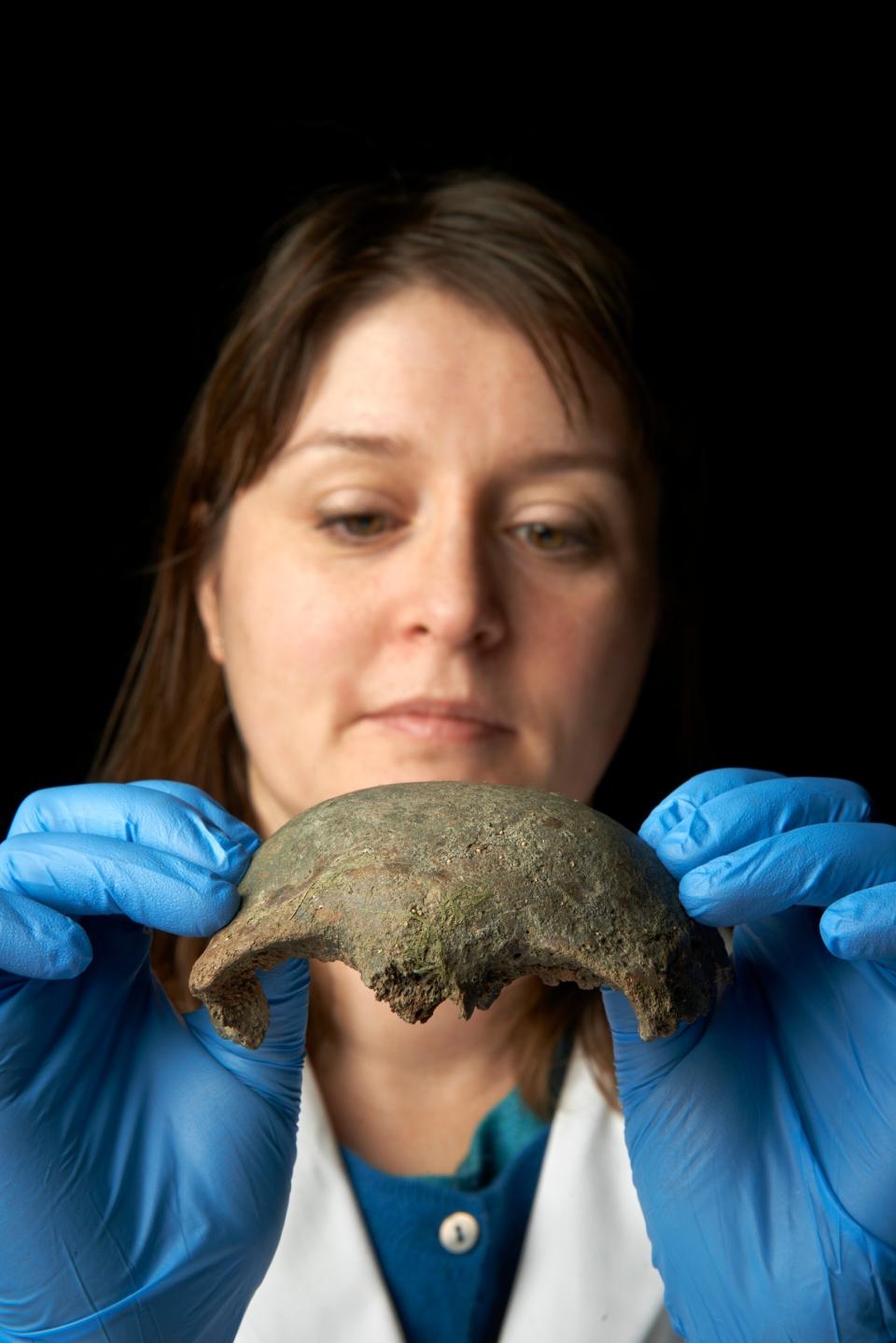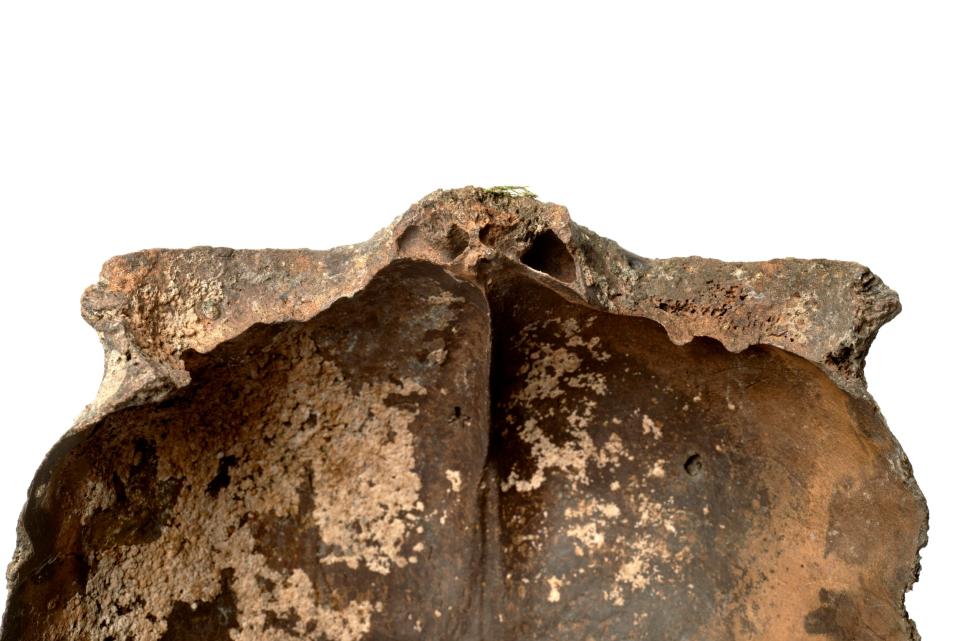Mudlarker unearths 5,600-year-old skull fragment on bank of Thames
The frontal bone from an ancient skull discovered on the banks of the Thames is to go on display at the Museum of London after it was discovered by a mudlarker.
The skull would have belonged to an 18-year-old man alive around 3600BC, the Museum said.
The 5,600-year-old skull is thought to be the earliest example of human remains discovered in the Thames.
The find was initially handed in to the Metropolitan Police who commissioned radiocarbon dating of the bone.

DC Matt Morse at the Metropolitan Police, said: “Upon reports of a human skull fragment having been found along the Thames foreshore, Detectives from South West CID attended the scene.
“Not knowing how old this fragment was, a full and thorough investigation took place, including further, detailed searches of the foreshore.

“The investigation culminated in the radiocarbon dating of the skull fragment, which revealed it to be likely belonging to the Neolithic era.
“Having made this discovery, we linked in with the Museum of London who were more than happy to accept the remain.”

The skull fragment will be able to be viewed from Wednesday and will sit alongside other Neolithic finds that were discovered along the Thames foreshore.
Dr Rebecca Redfern, Curator of Human Osteology at the Museum of London, said: “This is an incredibly significant find and we’re so excited to be able to showcase it at the Museum of London.
"The Thames is such a rich source of history for us and we are constantly learning from the finds that wash up on the foreshore.
"We are grateful to the Metropolitan Police for their collaboration with us on this and are eager to welcome visitors to see this new discovery.”

 Yahoo News
Yahoo News 
